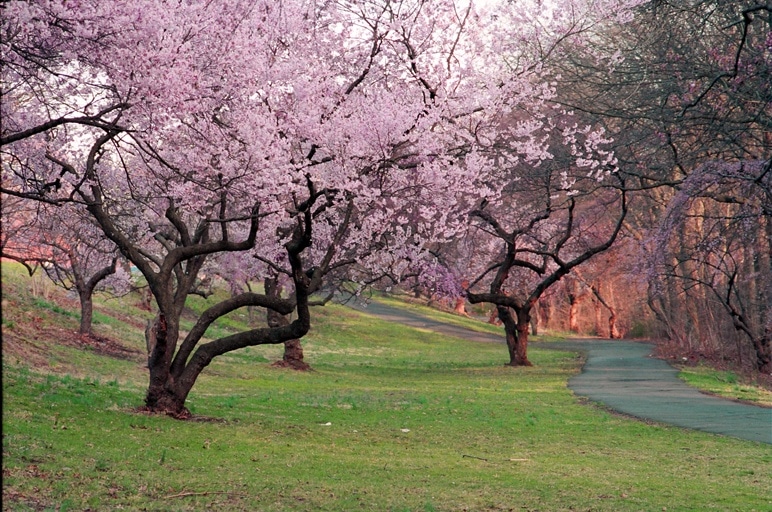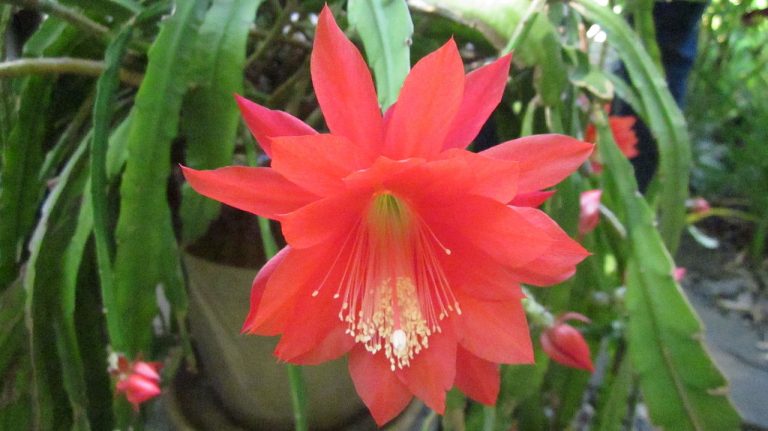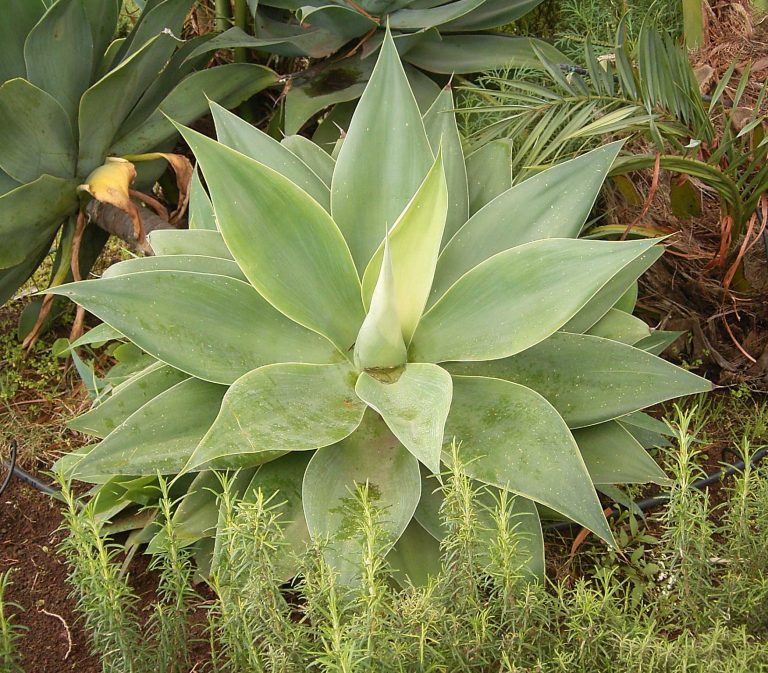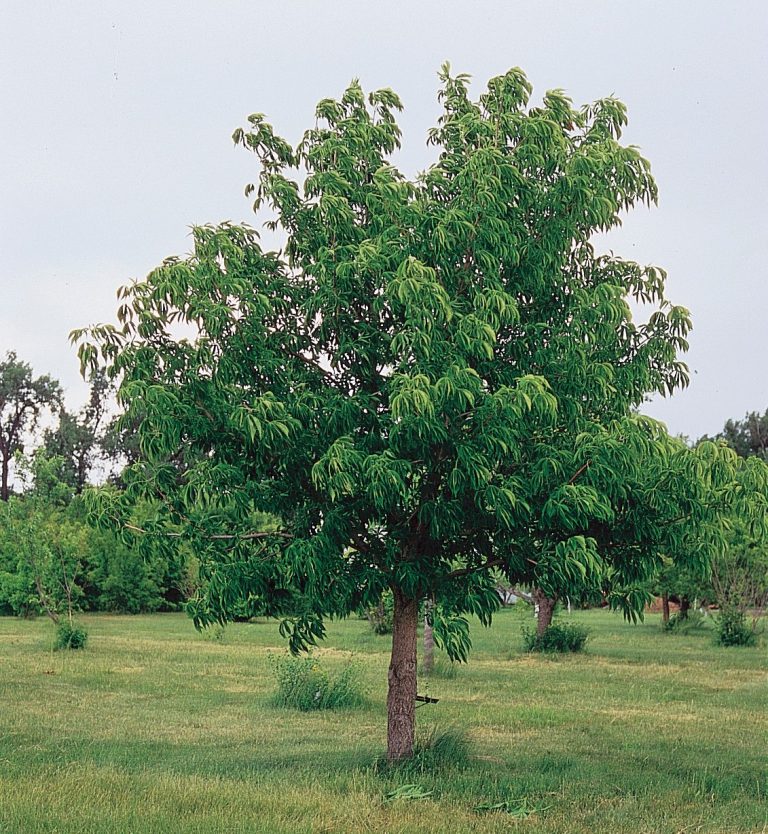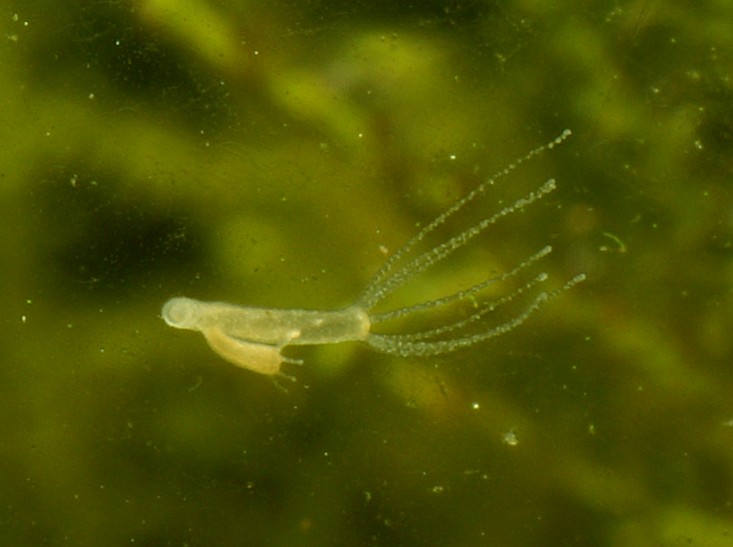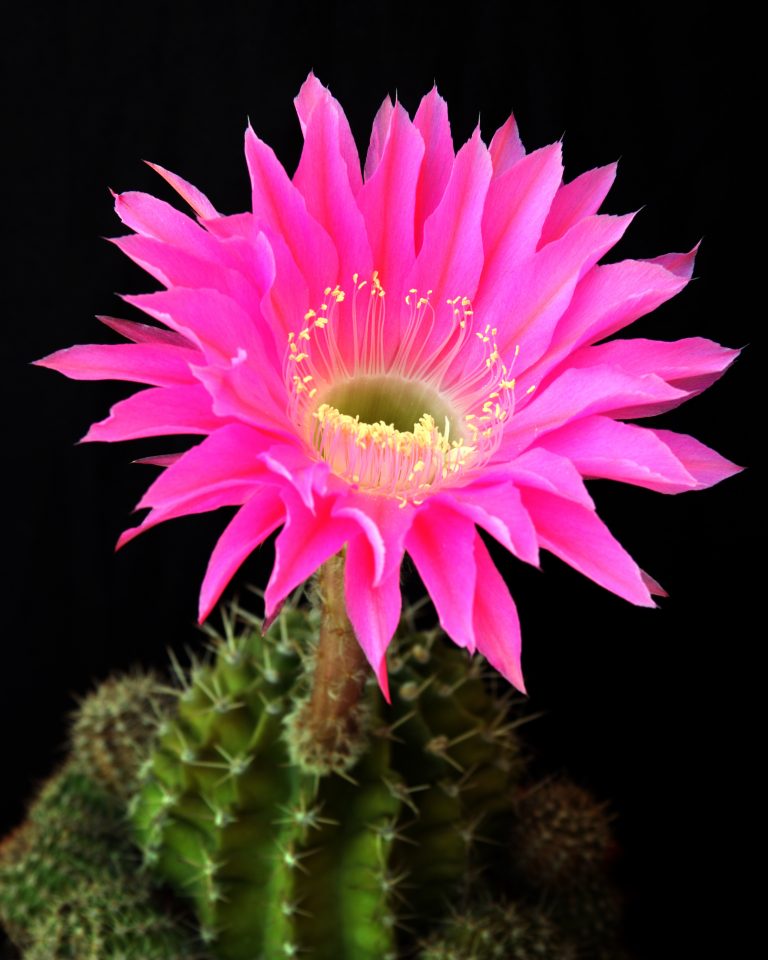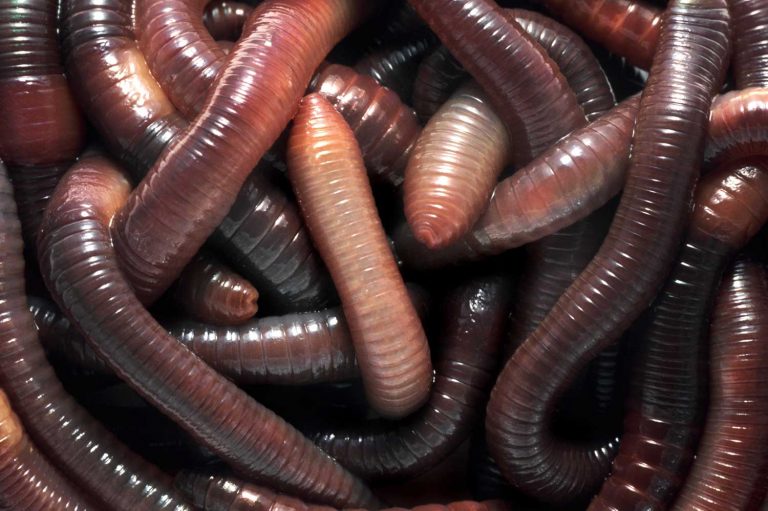Cherry Blossom
Scientific Classification
| Kingdom: | Plantae |
| (unranked): | Angiosperms |
| (unranked): | Eudicots |
| (unranked): | Rosids |
| Order: | Rosales |
| Family: | Rosaceae |
| Subfamily: | Amygdaloideae |
| Genus: | Prunus |
The cherry blossom is supposed to have originated from the Himalayas. The cherry blossom is a flower that can be found in many kinds of Prunus (shrub/tree genus including plums, almonds, etc.) They include the Japanese cherry known as the Prunus Serrulata, known as the Sakura, which is named after the Japanese cherry. Some types of cherry blossoms bear fruits and others are used just as ornamental plants. The cherry blossoms are currently distributed in the northern hemisphere time zone. Places where you can see cherry blossom plants are Europe, South Korea, the US, west Siberia, and many more places across the world. The cherries that are edible come from cultivators. The species that are cultivated are the Prunus Avium and the Prunus Cerasus.
Anatomy
The cultivated Cherry Blossoms, called Prunus Avium grow to about 100 feet in height and is a deciduous by nature. It has a straight trunk that measures 5 feet or 1.5 meters in diameter and a dominant conical symmetrical crown at the apex in the young trees that become irregular / round in the older trees. Additionally, the young trees have a smooth bark, with a purplish-brown color, and lenticels that bear a brownish-gray color. When older, the bark fissures and turns blackish-brown. The leaves have a size of 7-14 centimeter or 3 to 6 inches length, 4-7cm or 2 to 3 inches breadth, with matt green above and a downy below. The leaf edges are serrated tapering to a point towards the tip. The reddish or green petiole has 2-5 red glands and measures 0.8 to 1.4 inches or 2-3.5 mm long. The leaves turn red, pink or orange in autumn. Early in spring, you can see the new flowers and the fresh leaves. Corycombs bear 2-6 flowers together on peduncles. Each flower has 5 white petals on yellow stamens, an advanced ovary and the bees pollinate them (hermaphroditic). The drupe/fruit measures 1 to 2 centimeters in diameter or larger that are dark purple to dark red in midsummer when they mature. The fruits contain a stone that measures 8-12 millimeters in length, 7-10 millimeters in width and 6-8 millimeters in thickness. The stone encloses a seed that measures about 6-8 millimeters in length.
Prunus Avium in Spring
Many animals, including mammals and a variety of birds feed on the fruits of the Cherry Blossoms. They eat the fleshy fruit part, and the seeds, they disperse through their droppings. The stones are cracked open by some rodents and especially by the Hawfinch so as to get to the seeds inside.But for the fruit that is ripe, all other parts are mildly toxic, because they contain Cyanogenic Glycosides (plant toxins or cyanogens).
Habitat
The mountain regions of the secondary forest are the place where the Prunus Serrulata are mostly found. There are many varieties of them available in the world. They are as follows:
In Japan, they grow a wide variety of the cherry blossoms. These varieties that are grown in Japan are called as the Sakura. More than 200 varieties of Sakura are grown by the cultivators of Japan, the most popular among them being the Somei Yoshino Cherry Blossom. The flowers of the cherry blossom are pure white and they seem tinged with the palest pink (those that are found near to the stem). Before the leaves come out, the flowers bloom and after a week they fall down. As they bloom before the leaves come out, the tree looks to be pure white from top to the bottom. This variety known as the Somei got its name from the Japanese village called Somei. This village is a part of Toshima. This place was developed during the late 19th century.
Temperature and Humidity
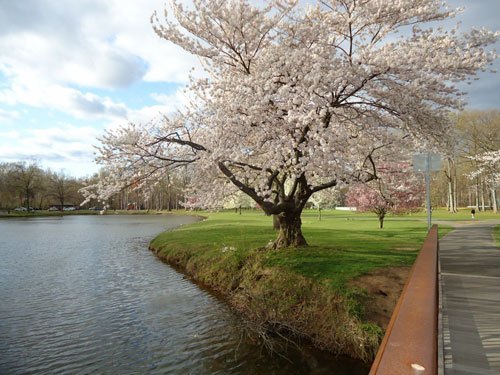
Photo by: Tom W. Sulcer
March is the best month for the cherry blossom’s growth, when the temperature is the best suited for the cherry plants to grow and produce flowers and bear fruits. There is a strong connection between the temperature and also the growth of the plant. In several parts of the country the temperature is supposed to be much cooler than usual, especially in the regions of Washington.. The cool atmosphere is best suited for the cherry blossom plant to grow in a good manner. A proper climate will help the plant to grow healthy and bear good quality fruits.
Watering
There are many varieties of cherry blossoms that grow in diverse conditions. There are varieties that grow in dry climates, but in usual senses the tree needs moist soil to grow properly. If you want to check the wetness of the soil, you have to dig 3 inches down and see if the soil is wet or dry. If you find out the ground to be dry then watering them will be the best option to grow the tree healthy. Soak the tree slowly so that the roots are wet. The roots of the tree have to be wet properly to keep the tree growing. It is always better to keep a track on when you water the plant so that you can schedule a plan on how and when to water the plants. Proper watering of the plant will get you the best results.
Harvest
As soon as the tree starts blossoming start breaking all dried, dead and the broken branches. Make sure that you prune the branches of the tree as this will give the tree a better look and shape. If you are seeking good results, then always cut off the branches from 1/8 inches above the bud. There are many varieties of cherry blossom. Some are the fruit bearing and some are for bonsai, and the others are ornamental varieties. Harvest the fruits as soon as they are ripe. The ripened fruits are red in color. There may be a change in the color in accordance to the variety. Color changes are mandatory in accordance with the variety of the tree. Deep burgundy color is the color of a very well ripened fruit. While you pluck the fruit from the tree make sure you pluck them with the stem attached to them. This will cause less harm to the fruit and will help the plant to fruit every year.
Soil
There are many varieties of the cherry blossom tree. Among the varieties available the flowering cherry of the Japanese of which, the Yoshiro Cherry Tree is famous. You have to understand that the cherry blossom plants that have flowers do not have fruits in them not needing any messy clean ups for the over-ripe cherries. We can see that the flowers will fall onto the ground and symbolizes the life of the Japanese people. Because of the subtle nature of the tree the landscapers and the homeowners always make them a choice. They also offer a majestic volatile color. The cherry blossom tree needs very little maintenance and they grow easily. They grow in full sun and also in the shade. They can grow in any soil and any location.
Pests
The cherry blossom is a hard tree and so very few pests attack them. But pests and insects have caused damage and in that situation proper use of pesticides is the best option. Monitor the growth at regular intervals and water the plants regularly; that will avoid pests. Some kind of fungus affects the trees and you can see brown growths on the branches. This will eventually rupture. As soon as you see an infection remove the branch immediately. If not removed properly the whole tree will be affected by fungus and it may even destroy the plant.

Having discovered a fondness for insects while pursuing her degree in Biology, Randi Jones was quite bugged to know that people usually dismissed these little creatures as “creepy-crawlies”.

